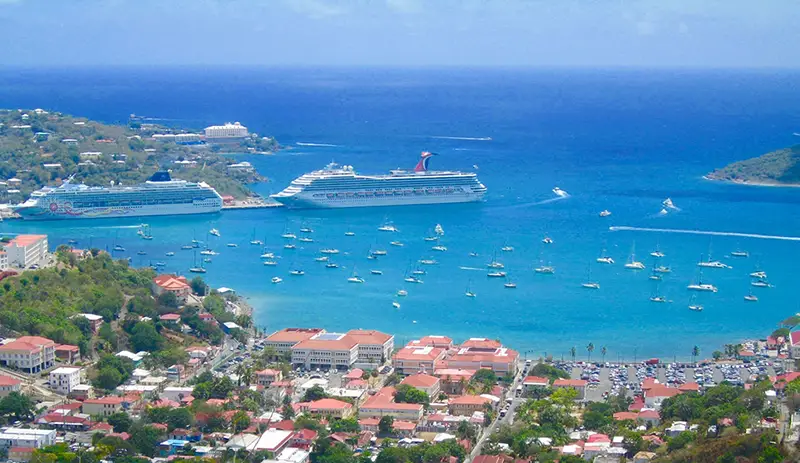Click here to get this post in PDF

It is hardly a newsflash; the size of cruise ships has been going just one way over the last few decades.
We thought the Titanic was huge, but compared to some modern-day cruise ships it was almost tadpole-like. To put things into perspective, while the Titanic was sized at around 269m in length and had a capacity of 2,435 passengers, the largest ship presently on the waters has a length of more than 362m and can house 6,780 passengers.
It’s not just cruise ships which have grabbed the size headlines, either. A quick look at river boats in the US reveals a similar story, the capacities and size are getting higher and higher.
However, if we look across the last ten years, at least in relation to cruise ships, just two so-called large vessels have been manufactured. Granted, we are eagerly awaiting the Wonder of the Seas, which is dubbed to become the largest in the world, but it would appear as though this is a slow-burning industry.
Such statistics might not be surprising to some. After all, there are only a select few companies who possess the vast budgets to output these grossly expensive vessels.
At the same time, there are other reasons. One of these comes in the form of “stretching”.
Put simply, rather than paying for a brand-new ship (and sending an existing one to the scrap yard), cruise companies are instead investing in these existing ships. As the name suggests, they stretch them to increase capacity, with some of the examples bordering on the obscene.
For example, in one case, a ship was able to boost its capacity by 50% and add 20 years to its lifespan. Suffice to say, the costs in building a brand-new ship far surpass this, while the difference in construction times is also significant.
The lifespan issue is an important one. Ships are built for decades, but their time will eventually come. When a cruise company opts to “stretch” a ship, they generally start by cutting it in half. This allows all of the inner workings, including the hugely expensive and generally inaccessible motors, to be looked at. Quite often, they are replaced, and this is where the lifespan benefits tend to originate from.
It doesn’t stop there, either. As time progresses, engines become more efficient. These ships carry enormous weight and burn tremendous amounts of fuel in the process. Small margins are what makes the business model tick and replacing a 15-year-old engine with a modern one can make them much more efficient, and cheaper, to run.
The hard-and-fast cash calculations are surprisingly straightforward. A so-called smaller ship, capable of housing 300 people, could cost around $175m. On the flip side, doubling the capacity via stretching will cost less than half of that. It’s already starting to become a no-brainer.
Will we see brand-new cruise ships start to tail off over the next few years? With more companies investing in stretching, one could assume so.
By the same token, something that drives a lot of these cruise companies is having the largest, loudest and proudest ship in their travel catalogue. People want to travel on the latest and greatest “gadgets” and based on that, coupled with the fact that we are set to see the Wonder of the Seas in the next few years, we can rest assured that in and amongst all of the stretching process, we’ll still see a steady trickle of record-breaking ships over the next few decades.
You may also like:
How Marine Engineers Are Developing Environmental Sustainability in Ship Design and Operations
The Potential of Geographical Information Systems for Businesses
Images Source: Pexels.com
